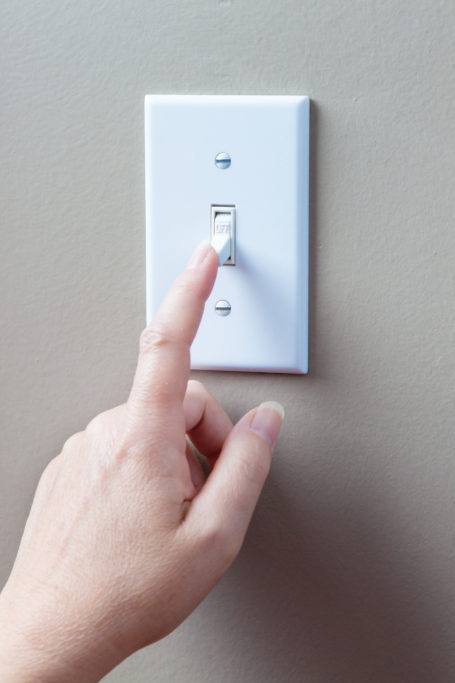How to Prep for a Home Appraisal
If you’re planning to sell your house or refinance your mortgage, chances are you’ll need a home appraisal.
This process plays a big role in determining how much your property is worth, which can directly affect what you can list it for or whether your loan is approved and you get an ideal interest rate. The good news? You don’t need to do a full renovation to prepare. A few simple steps can help ensure that your home looks its best and reflects its true value.

Understand the purpose of the appraisal
An appraisal is an independent, professional estimate of your home’s market value. Lenders typically require one to confirm that the amount of money being loaned—whether to a buyer or to you when refinancing—aligns with the property’s worth. The appraiser will evaluate factors like its size, location, condition, layout, and upgrades as well as recent sales of similar houses in your area. Based on their findings, they will come up with a number they deem fair and share it with the lender.
Note that this process is different from a home inspection, which focuses on identifying problems. While an appraiser might note signs of neglect, their main job is to assess value, not to look for every possible repair.
Tidy up inside and out
There’s no need to panic over a full laundry basket, but you do want to aim for an overall clean and orderly home since it will create a more positive impression. Take time to declutter surfaces, vacuum or sweep floors, and reorganize furniture to make sure each room is easy to walk through. And don’t forget about curb appeal! Mow the lawn, trim any shrubs, and sweep walkways to give your exterior a neat appearance. As a final touch, a few potted plants or fresh mulch can add a polished look without much effort.
Handle repairs
If you’ve been putting off larger issues like leaky faucets, broken windows, and signs of water, now’s the time to address them where feasible. Such damage can significantly impact the appraisal depending on how foundational they are. In addition, tackle easy fixes like patching nail holes, replacing burned-out bulbs, and tightening loose doorknobs. These small details can help show that the home has been well cared for, which can influence the appraiser’s perception of its condition and maintenance.

Highlight improvements
The appraiser may not notice every upgrade on their own, so don’t be afraid to point them out. Create a short list of ones you’ve made, such as:
- A new roof or HVAC system
- An updated kitchen or bathrooms
- Energy-efficient windows or appliances
- Major landscaping additions
- New flooring, paint, or fixtures
Include the year of each improvement along with any documentation you have, such as receipts or permits. This will help the appraiser accurately factor them in to your home’s value.
Ensure accessibility
The appraiser will need access to every part of your home, including the attic, basement, garage, and any outbuildings, so unlock gates and open utility closets to offer a clear path through each space. If you have pets, keep them secured or out of the way during the visit.
Know your neighborhood
While you can’t control local real estate trends, it helps to be informed. If there have been recent sales in your area that you think are comparable, feel free to share those details. You might also mention desirable amenities nearby, such as a new park, top school, or community center, especially if they’ve been added since your home was last assessed.
Roll out the welcome mat
Appraisals usually don’t take more than an hour or two, but treat the day like you would a showing. Open blinds to let in sunlight, set the thermostat to a comfortable temperature, and tidy up any last-minute messes. If you’ll be home during the visit, feel free to make yourself available while still giving the appraiser space to do their job.
Ultimately, it doesn’t take much to make a strong impression. By cleaning up, completing minor repairs, and sharing helpful information, you can present your home in its best light and help ensure a smoother appraisal process.


















